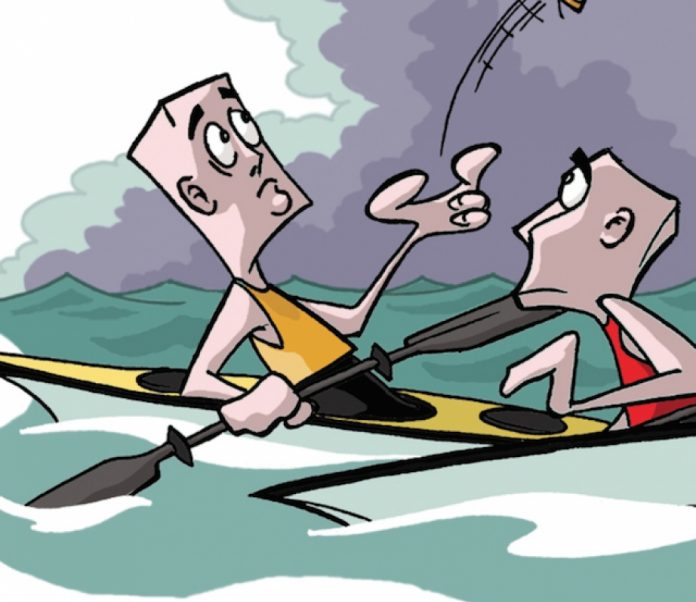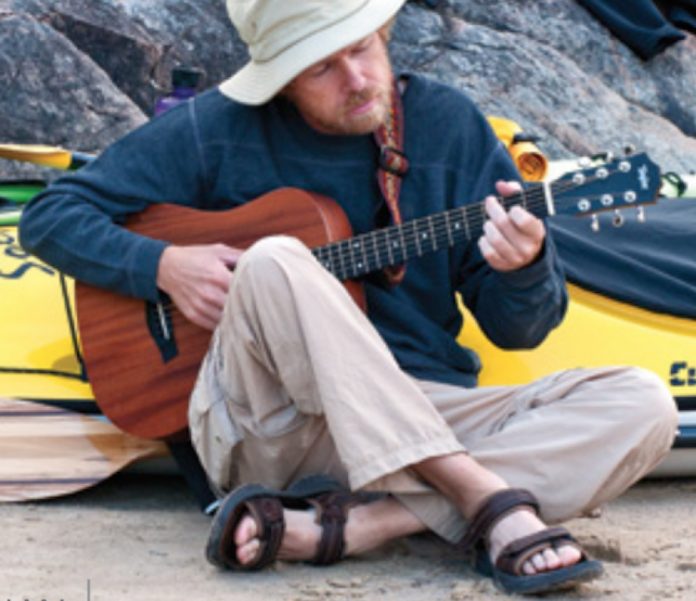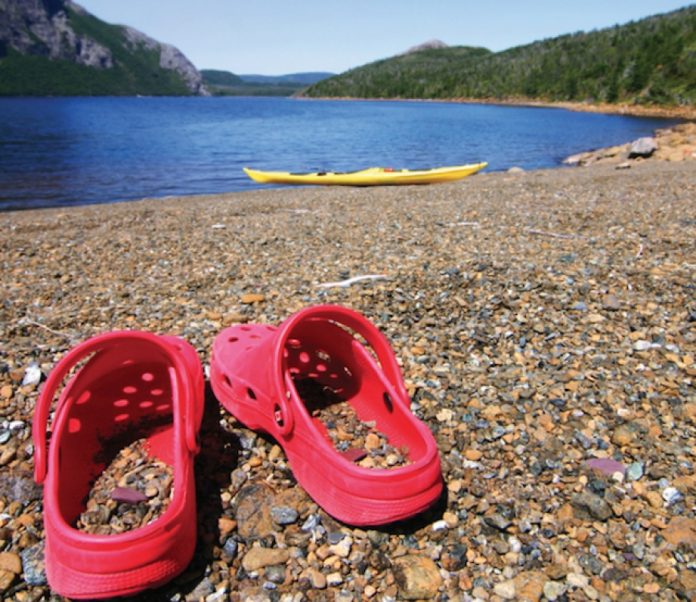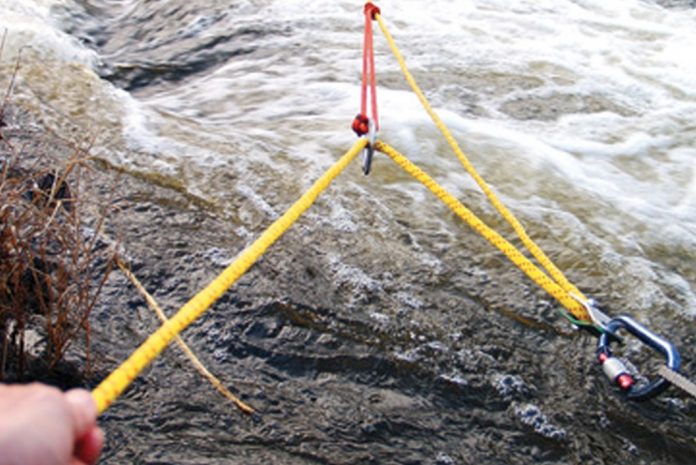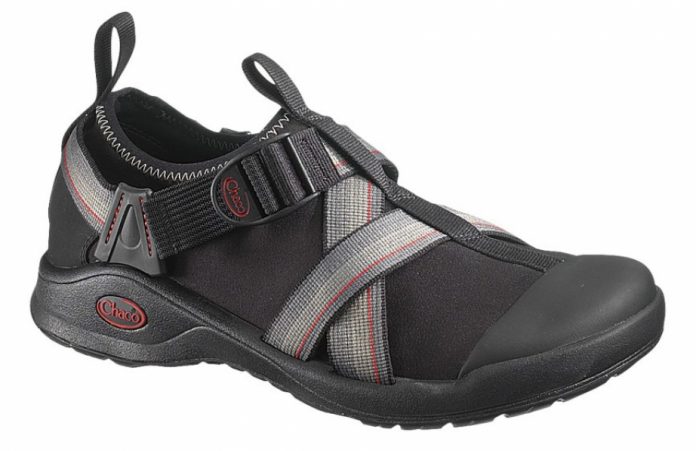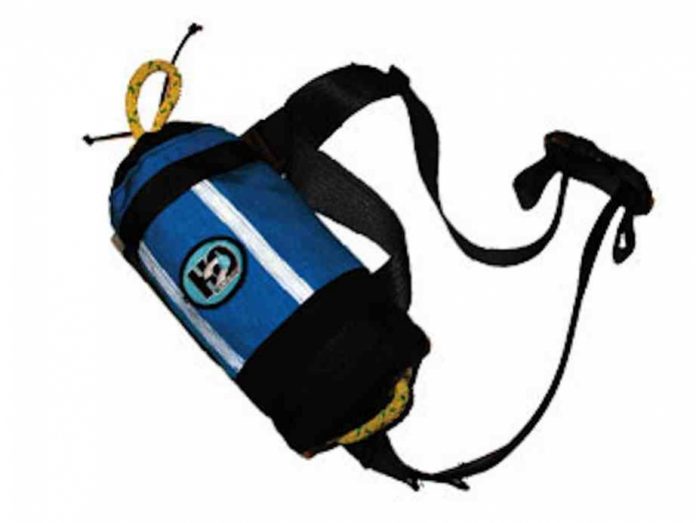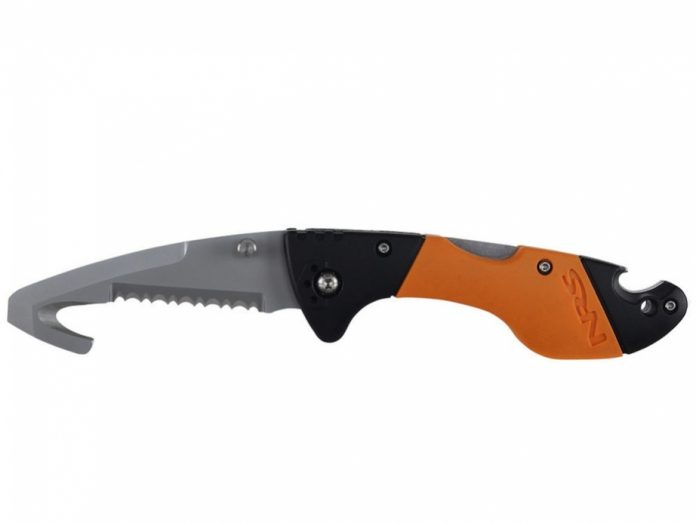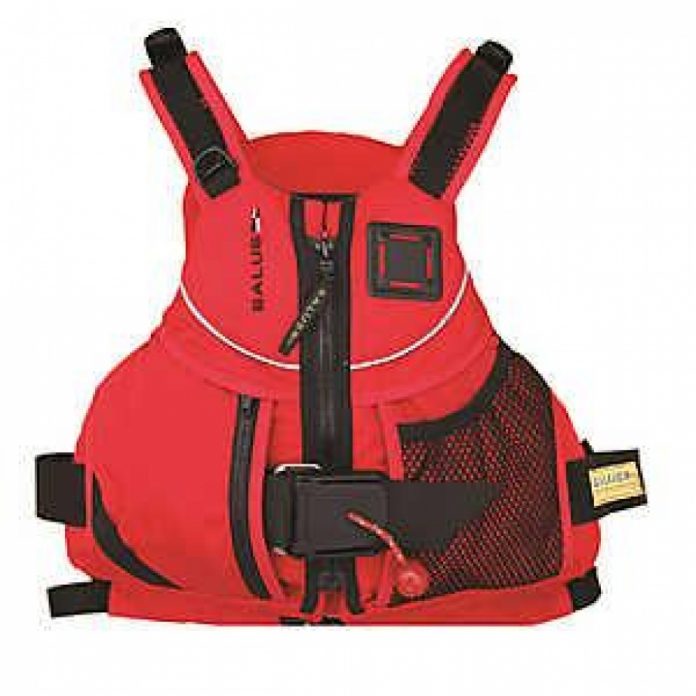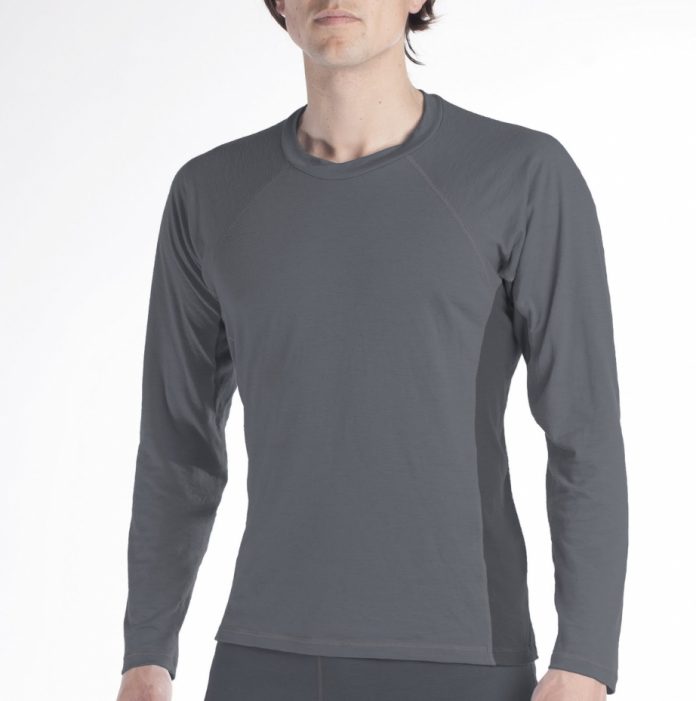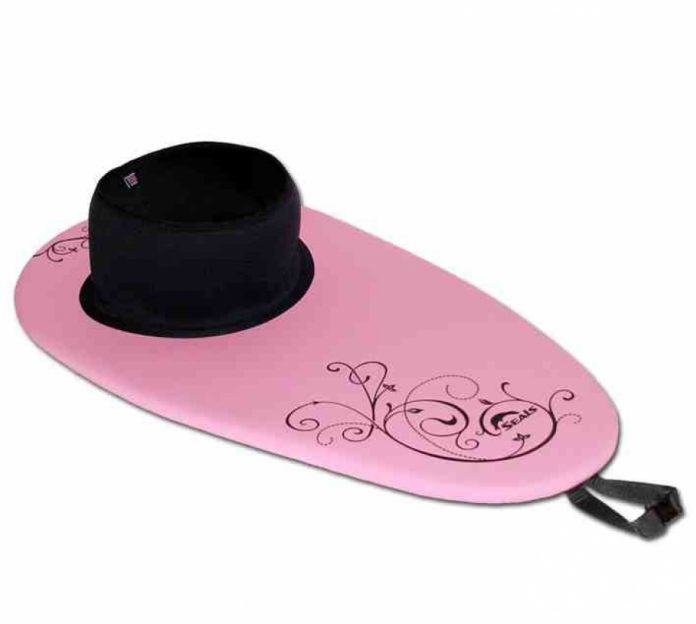In 1994, cab drivers in Munich were given cars with new safety equipment: anti-lock brakes. Surprisingly, their crash rate stayed the same. Nothing was wrong with the new brakes. The cabbies simply drove more aggressively, knowing that they had better brakes.
This phenomenon is called risk homeostasis. It also applies to skiers, skydivers, cyclists and, yes, kayakers.
Risk homeostasis states that people have a target level of risk they’re willing to tolerate. Above that risk level, things are scary; below it, they are boring. Give a cabbie better brakes and he’ll drive faster. Give a kayaker a drysuit and she’ll paddle in bigger seas.
This might not seem like a problem, since that kayaker gets more challenging paddling for the same level of risk. However, paddlers often assume that safety equipment provides more safety—or different kinds of safety— than it does.
The U.S. Coast Guard and American Whitewater Association recently published 2010 statistics on boating accidents. The single greatest cause of sea kayak accidents was, for the eleventh year running, “Unexpected changes in weather conditions.” A New Zealand study of near-misses agreed. Of course, “unexpected” is a loaded word.
Most weather changes can be anticipated through forecasts, weather knowledge and seamanship. But relatively few kayakers have honed these skills. It’s quicker and easier, if more expensive, to buy a drysuit.
The best approach is to make risk more apparent
In Sea Kayaking Safety and Rescue, John Lull describes a four-level safety hierarchy. The first is judgment and decision-making. Second, paddling skills and boat control keep kayakers upright and away from hazards. It’s not until the third level—rescues—when that $800 drysuit actually helps. At level four— outside assistance—we’re reliant on a VHF radio, SPOT messenger or cell phone to call in the cavalry. If we’re really worried about safety, we should focus on the top two levels.
Unfortunately, it’s not that simple. Risk homeostasis applies to skill as well as equipment. Kayakers who feel safe in big waves will simply head for bigger waves. Therefore safety education shouldn’t try to make kayaking less risky, since paddlers will just compensate. Nor should it try to lower the appetite for risk, since there’s evidence of a genetic con- nection. Headed into Okisollo Rapid? You probably have an elongated DRD4 gene.
The best approach is to make risk more apparent. In sea kayaking, unlike whitewater paddling, the dangers are mostly invisible. The weather systems, tides and currents that lead to those “unexpected” weather and sea changes are usually hours or miles away when critical decisions are made. Sea kayaker safety relies more on judgment, risk assessment, weather interpretation and the ability to accurately assess skills, rather than boat handling.
Karl Andersson, a BCU coach, assessor and 5-star paddler, notes that removing equipment often increases diligence and safety.
“When students show me their trip plan, I also inspect their kit,” Anderson says. “I then take away some of their kit and ask them if their plan stays the same. The students become nervous. They compensate for the missing kit with an improved launch list, formal assessment of group skills and crux points for plan reassessment. In other words, what the plan should have been all along.”
And there’s the built-in paradox. Tom Vanderbilt, who studies risk behavior at New York University, says,“When a situation feels dangerous to you, it’s probably more safe than you know; when a situation feels safe, that is precisely when you should be on guard.”
Neil Schulman writes, photographs and paddles from Portland, Oregon, where running out of coffee is considered an unacceptable level of risk.
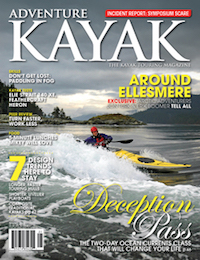 This article first appeared in the Spring 2012 issue of Adventure Kayak Magazine. For more great content, subscribe to Adventure Kayak’s print and digital editions here.
This article first appeared in the Spring 2012 issue of Adventure Kayak Magazine. For more great content, subscribe to Adventure Kayak’s print and digital editions here.



